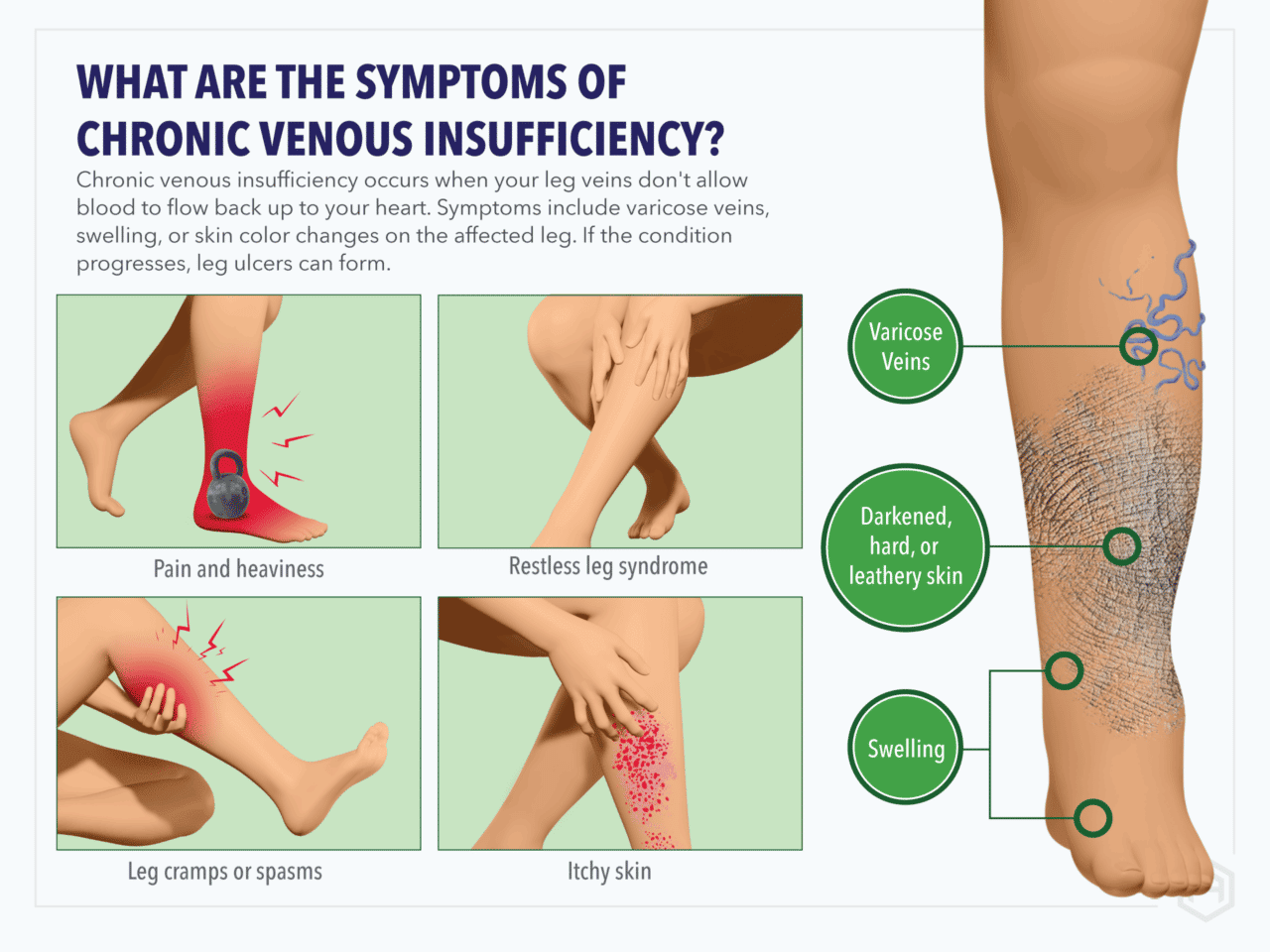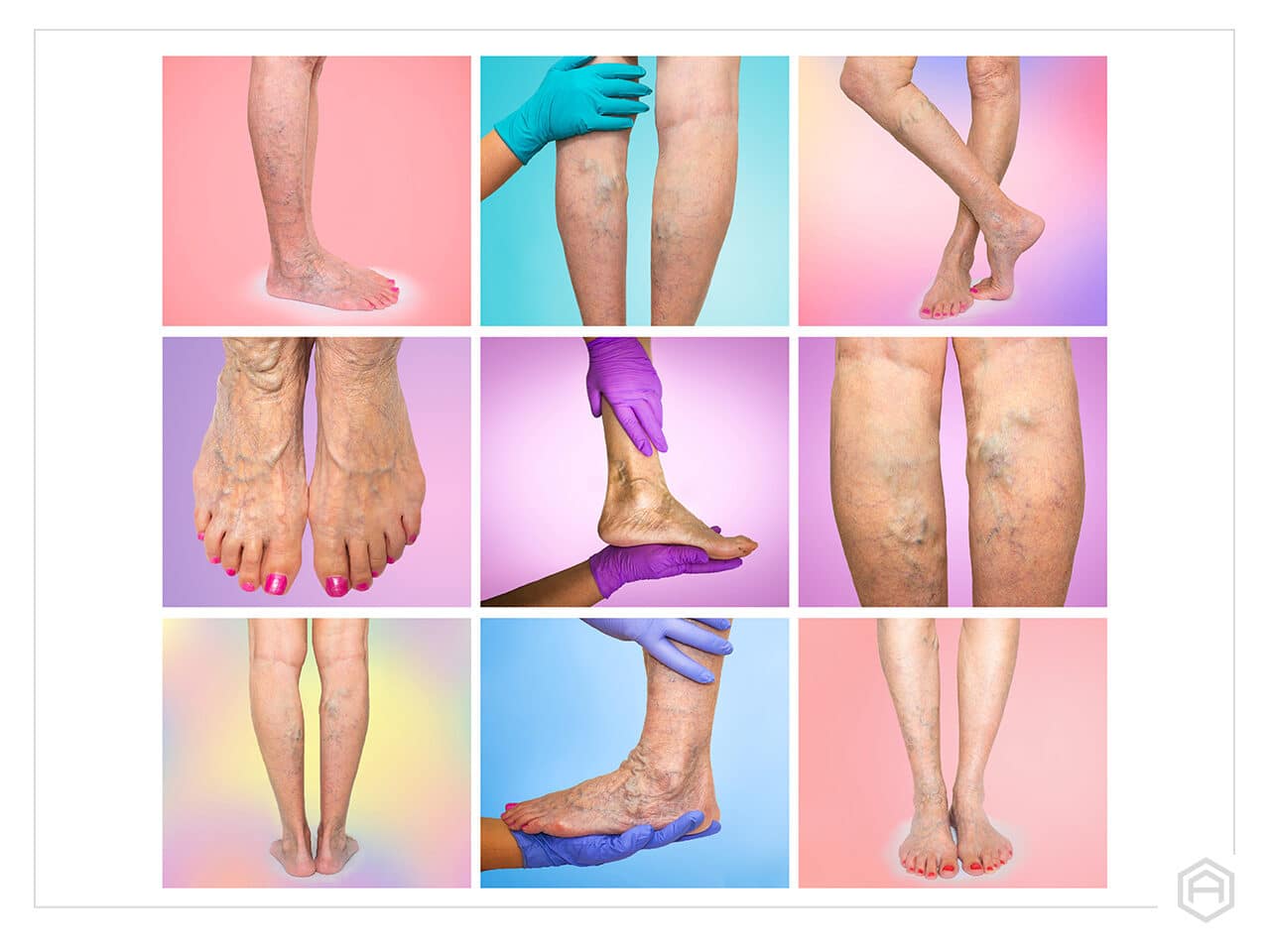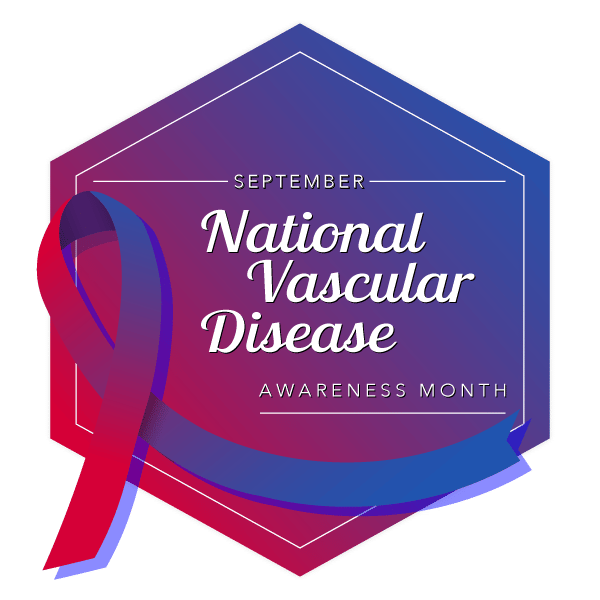
Chronic Venous Insufficiency: Eliminating Pain
Chronic Venous Insufficiency (CVI) is a medical condition in which valves present in the veins in the legs don’t function properly.
What is Venous Insufficiency?
Chronic Venous Insufficiency (CVI) is a medical condition in which valves present in the veins in the legs don’t function properly. It causes blood to pool in the legs, which can cause pain, swelling (edema), skin discoloration, and potentially open sores (ulcers).

Chronic venous insufficiency
Overall, chronic venous insufficiency affects about 1 in 20 adults.
Higher risk as you age
Chronic venous insufficiency usually affects people over age 50. The risk goes up the older you get.
Post-thrombotic syndrome
About 20% to 50% of people who’ve had DVT develop post-thrombotic syndrome, usually within one to two years.
What is Chronic Venous Insufficiency?
There are various causes of CVI, including obesity, smoking, lack of exercise, sitting or standing for long periods, pregnancy, and blood clots (deep vein thromboses). These practices and elements can cause higher pressure in the veins in the legs.
When the pressure gets raised in the veins, the valves inside the veins intended to ensure blood flows back to the heart can become stressed or malfunction, which can cause CVI.
Left untreated, CVI can form ulcers on the legs known as venous ulcers. CVI can also cause venous stasis (slow blood flow in the veins), skin thickening, cellulitis, and various skin conditions.
Symptoms of CVI include:
- Varicose veins
- Itching
- Changes in skin pigmentation
- Chronic swelling of the legs, ankles, and feet
- Venous ulceration
How Our Devices Help Treat Lymphedema
Sequential Compression Devices are designed to deliver pressure to the legs through air compression. The devices connect to garments worn on the legs.
The compression squeezes the legs to eliminate swelling and increase blood flow. The increase in blood flow can prevent pooling and help the patient recover from CVI and avoid ulcers.
Next Steps
Please contact us directly if you are the following:
- A patient interested in CVI treatment with compression therapy
- A DME supplier interested in Sequential Compression Devices
- A vascular surgeon or another type of healthcare clinician interested in treating CVI, venous stasis, or venous ulceration, or in conducting clinical studies
NEED MORE INFORMATION? Contact Us Today.
Are you a patient with questions about your device? A DME supplier interested in learning about compression devices? A clinician seeking product information? Please contact us to speak with an AIROS Medical representative.




